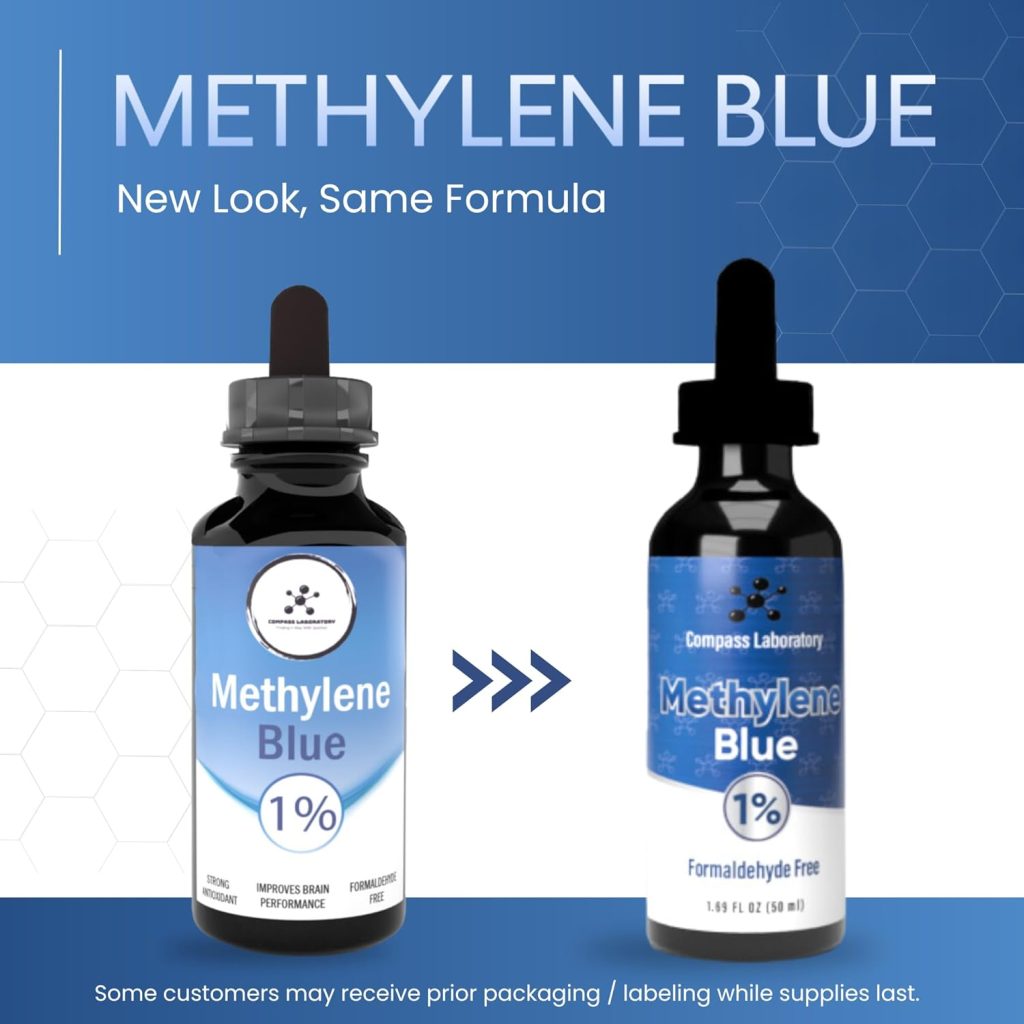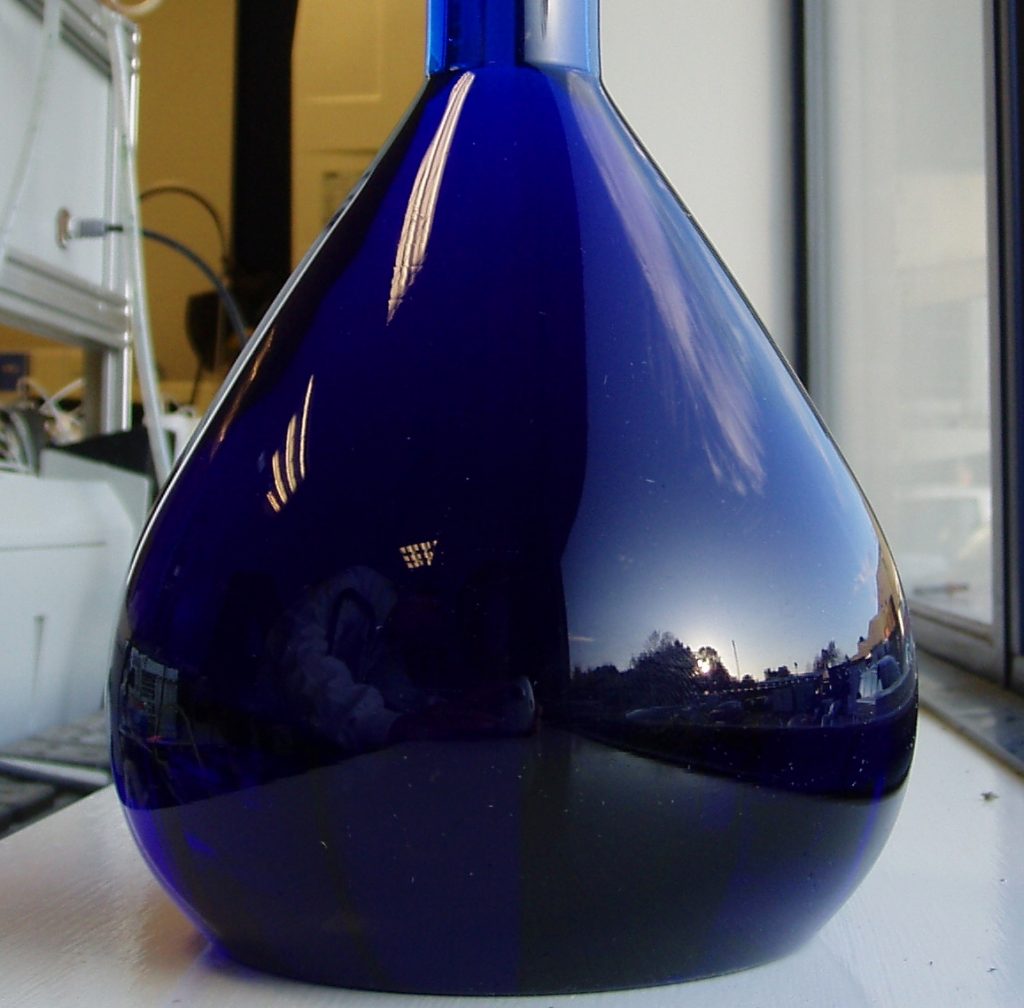Methylene Blue: A Historic Dye with Surprising Modern Uses

Methylene blue, a compound first synthesized in 1876 by German chemist Heinrich Caro, has a long and fascinating history spanning medicine, biology, and even energy storage. Originally developed as a textile dye, this vibrant blue substance quickly caught the attention of scientists for its unique properties, leading to a range of applications that continue to expand today.
Methylene Blue: A Versatile Compound
Methylene blue (MB) is an organic compound classified as a phenothiazine dye. It has been widely used in various industries, including biology, medicine, and chemistry. The compound is water-soluble and has a distinct blue color, which makes it particularly useful as a staining agent in microbiology. Scientists use it to highlight structures in cells and tissues, aiding in microscopic examination.
Medical and Therapeutic Uses
The medicinal benefits of methylene blue were discovered in the late 19th century when it was used to treat malaria. Though it has been largely replaced by more advanced antimalarial drugs, its antimicrobial properties remain relevant. Today, MB is utilized in treating methemoglobinemia, a condition in which the blood cannot efficiently carry oxygen. It acts as a reducing agent, helping to restore normal oxygen transport in affected patients.
Recent research has also explored its potential in neuroprotection. Studies suggest that methylene blue may improve cognitive function and slow neurodegenerative diseases like Alzheimer’s and Parkinson’s. It is believed to enhance mitochondrial function, increasing cellular energy production and reducing oxidative stress, both of which play critical roles in brain health.
Potential in Anti-Aging and Longevity
Methylene blue has gained attention in the field of longevity and anti-aging. Some researchers propose that it can combat oxidative damage and mitochondrial dysfunction, key contributors to aging. There is growing interest in its possible use as a supplement to enhance brain function, improve memory, and reduce inflammation. However, more clinical trials are needed to confirm these effects and establish safe usage guidelines.
Expanding Applications
Beyond its medical and biological uses, methylene blue has found applications in chemistry and energy storage. It serves as a redox indicator in various chemical reactions and has been studied for use in battery technology. Some researchers are investigating its potential in alternative energy solutions, such as dye-sensitized solar cells.
Safety and Concerns
While methylene blue is generally considered safe in controlled doses, improper use can lead to side effects such as nausea, dizziness, and increased sensitivity to light. In high doses, it may cause toxicity and interact with certain medications, including antidepressants and drugs affecting serotonin levels.

The Future of Methylene Blue
From its origins as a textile dye to its promising roles in medicine and technology, methylene blue continues to be a compound of great scientific interest. As researchers uncover new applications, its impact could extend even further, possibly offering novel solutions to some of today’s most pressing health and energy challenges.
While methylene blue’s potential is exciting, it is crucial for further research to confirm its efficacy and safety. As science progresses, this historic compound may well become a key player in medicine, longevity research, and beyond.
Click here to shop Amazon’s top rated, Made in the USA, High Grade Methylene Blue






More Stories
Trump’s “Big Beautiful Bill” Passes the U.S. Senate
What is The Jezebel Frequency
Top Tech Executives Sworn In as U.S. Army Reserve Lieutenant Colonels; Sparks Fly